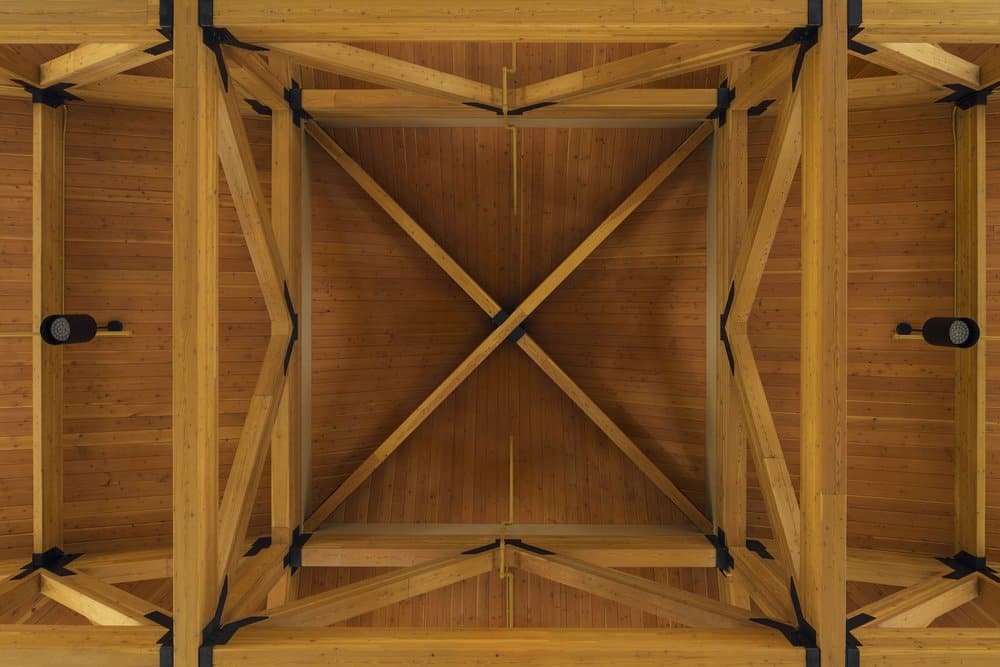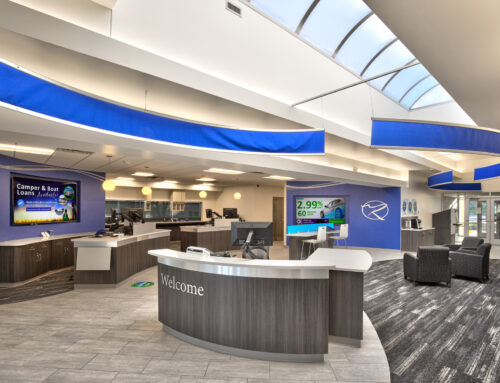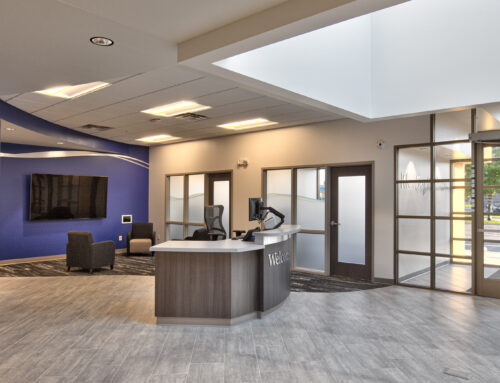Knowing that the expert you are hiring is experienced in your type of project is one of the biggest concerns a church building committee should consider. Many church committees ask our firm how they know we will not leave them with an unbuildable project. On Vanman’s part, our record speaks for itself, but we know that not everyone can hire us. For those who want to help ensure buildability and a positive experience, consider this: help your architect.
Architects are trained to consider many potential solutions. Some have even been called professional problem solvers. Yet they cannot solve a problem that they do not understand. First, let your potential architect know the main issues the project is aiming to solve. If you have decided that a new sanctuary will solve your problem, that is a good start, but what is the problem the sanctuary addition will solve? Is it a space, layout, or style problem? Is a new sanctuary the best solution? Maybe a reconfiguration of the existing sanctuary will be a better use of your finances. Maybe your goal is to draw young families – will a new sanctuary accomplish this, or will a new educational wing devoted to the children better complete your goal? Leaving the architect with the basic decision of new sanctuary limits the overall success of your project. Sharing all current problems will help them verify what is the best possible solution. Listen to your potential architect as you interview them. They should ask about your goals in this respect.
Second, give the architect your vision. Grand visions are catching. We know that the media likes to portray architects as firm and unwilling to bend, but we are very passionate about our projects – let your architect get to know your project well enough to achieve your dreams. Show them where you want to be as a congregation. Invite them to church, show them your children’s wing, invite them to your weekly pancake breakfast or your immersive worship Sunday night services. Your architect needs to know your congregation to build the house in which it will thrive. A potential architect who seeks to know your congregation this way is catching your vision and will embrace your mission with a passion.
We also recommend that the architect has experience in churches. While some contemporary churches do not desire to look like a church, the building should still function as one. It is very hard to hold a church service in a building designed without its specific functions. Know how your church and congregation operates, and picture your services and activities in the building your architect proposes. If it will not function, or you have concerns about the function, do not be afraid to share them. Help us understand your church as a whole; we need to know.





